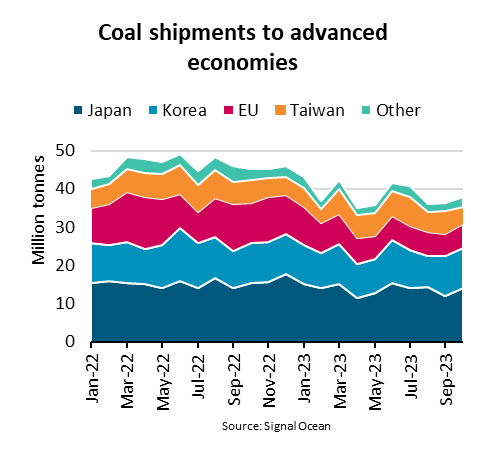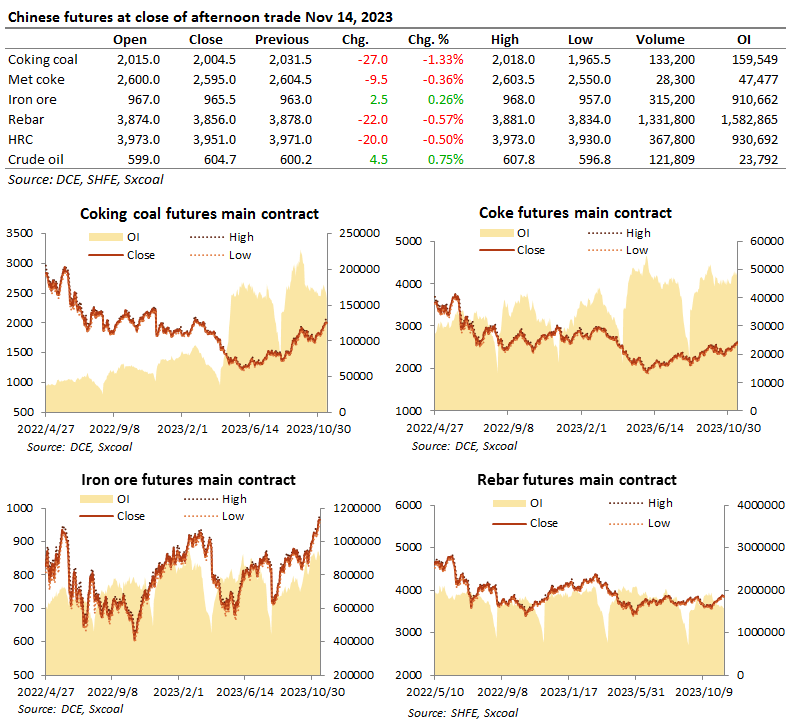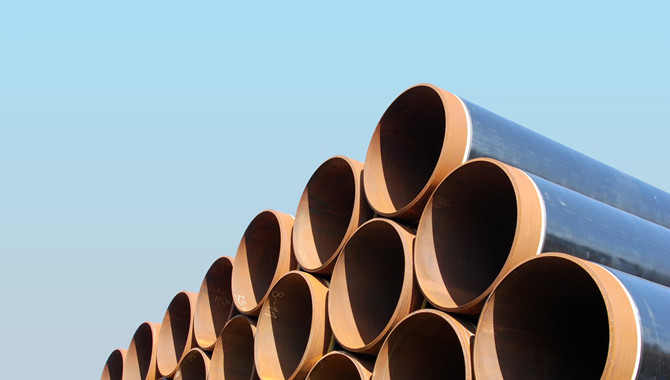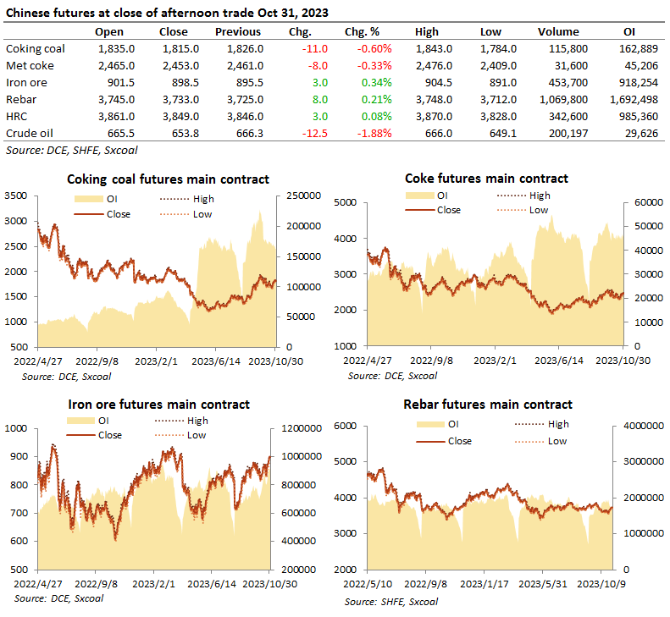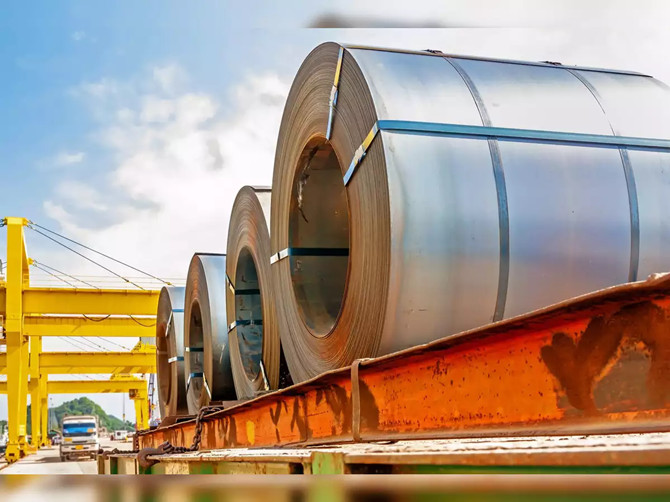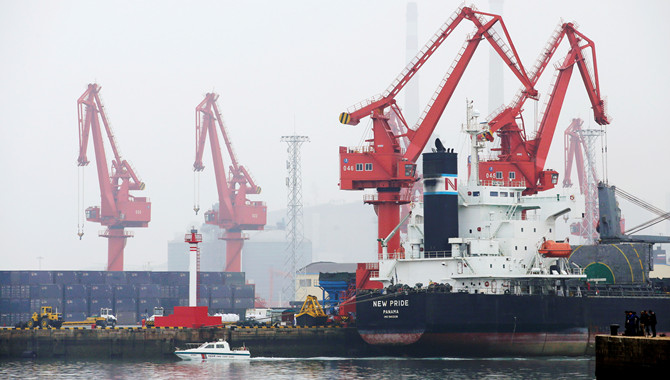
China’s imports of major commodities showed both the potential for an acceleration this year and the reality that economic momentum takes time to build.
Official customs data from the world’s biggest commodity importer showed a mixed picture for the first two months of 2023, with strength in iron ore and coal being offset by weakness in crude oil, natural gas and copper.
Supporting the bullish case for China’s commodity demand is that iron ore, the key raw material to produce steel, is more often a leading indicator, as steel mills tend to restock ahead of anticipated demand.
The same can be said of coal to some extent, especially coking coal used to produce steel, but also the thermal grade used to generate electricity as utilities will want adequate inventories ahead of any surge in demand.
In contrast, crude oil imports tend to move with a lag to actual or expected gains in demand, given physical cargoes are typically arranged several months prior to actual delivery at ports and transportation to refinery units.
China releases combined commodity trade data for January and February to avoid distortions created by the variable timing of the week-long Lunar New Year holiday, which began on Jan. 21 this year.
Crude oil imports were 84.06 million tonnes for the first two month, which is equivalent to 10.40 million barrels per day (bpd), according to the data, released on Tuesday.
This was 1.3% below the same period in 2022 and was also lower than the 11.32 million bpd seen in December and the 11.37 million bpd in November.
The official numbers also contrasted somewhat with vessel-tracking and port data compiled by Refinitiv Oil Research, which showed combined imports for the first two months of 91.69 million tonnes, or 11.34 million bpd.
The gap of around 940,000 bpd between the official number and Refinitiv’s estimate is unusually wide, suggesting the difference may be as to when cargoes are assessed as having cleared customs.
This raises the possibility of a strong rebound in the customs numbers in March, but for the meantime, there is no official evidence of accelerating crude oil imports in China, even though the independent tracking services believe there is.
Joining crude oil in the weak column were imports of natural gas, both via pipelines and as liquefied natural gas (LNG), which fell 9.4% in the first two months of the year to 19.93 million tonnes.
High spot prices for LNG combined with a relatively mild winter and higher reliance on coal were the most likely culprits behind the soft outcome.
METALS MIXED
Imports of unwrought copper were also soft, slipping 9.3% in the January-February period to 879,000 tonnes.
It’s likely that the Lunar New Year break dampened import demand, and it’s also worth noting that copper imports were robust in 2022, suggesting that manufacturers and builders have built up solid inventories and can use these before returning in strength to the import market.
Where there was signs of an economy emerging from its now abandoned zero-COVID policy was in imports of iron ore and coal.
Imports of the steel raw material were 194 million tonnes in the first two months of the year, up 7.3% from the same period in 2022, and a contrast to the overall decline of 1.5% for the whole of last year.
Steel mills have been restocking ahead of the busier construction period that starts as winter ends, and Beijing’s efforts to stimulate growth through infrastructure spending have stoked optimism.
Coal imports were 60.64 million tonnes in the first two months, up 71% from the same period a year earlier, although it’s worth noting that they were unusually weak at the start of 2022.
However, the coal imports were largely in line with December’s figure of 30.91 million tonnes and November’s 32.31 million, suggesting that demand is steady at relatively robust volumes.
What is interesting is that it appears the strength in the first two months was driven by overland imports, rather than arrivals via ship.
Seaborne arrivals in the first two months were 47.72 million tonnes, according to commodity analysts Kpler, suggesting that arrivals overland from neighbouring countries were around 13 million tonnes.
This implies a strong outcome for imports from Mongolia, which also usually ships more coking coal than thermal, another pointer to strength in the steel sector.
Source: Reuters
Source: Reuters
The opinions expressed herein are the author's and not necessarily those of The Xinde Marine News.
Please Contact Us at:



